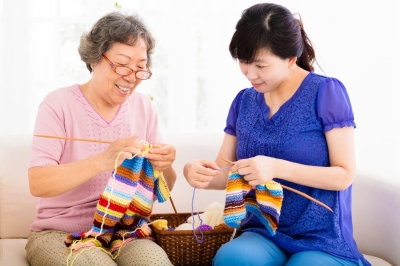In the 16th and 17th centuries, China produced exquisite porcelain that remained a virtual secret to the outside world -- most of it was commissioned for the exclusive use of Japanese patrons. A new exhibition at the Seikado Bunko Art Museum, "Chinese Porcelains of the Late Ming to Early Qing Dynasties," showcases more than 90 pieces of this blue-and-white ware, as well as enameled ware imported from China for use in Japanese tea ceremonies and kaiseki meals.
The exhibition highlights blue-and-white ware with cobalt underglaze from the private kilns of Jingdezhen in the northeastern part of Jiangxi Province. Jingdezhen had been, since the Jingde Period (1004-07), the supplier of porcelain to the Chinese imperial court. The pieces displayed here are of a later date -- from the final two reigns of the Ming Dynasty, Tianqi (1621-27) and Chongzhen (1628-44). Although some of the Chinese porcelain of this period was brought into Japan legally by the shogunate's trading ships, other pieces were smuggled into the country by pirates.
These blue-and-white dishes and plates were used in kaiseki meals. Today, kaiseki is revered as a gourmet delight, with the beauty of the food arrangement and the delicacy of the vessels used both contributing to the pleasure of eating. But the word "kaiseki" was originally derived from the ascetic practice by Zen Buddhist monks of placing a heated stone (seki) on their stomachs to stave off hunger during meditation.
















With your current subscription plan you can comment on stories. However, before writing your first comment, please create a display name in the Profile section of your subscriber account page.